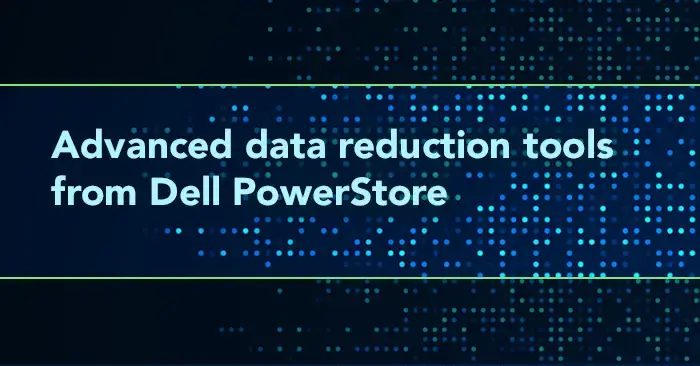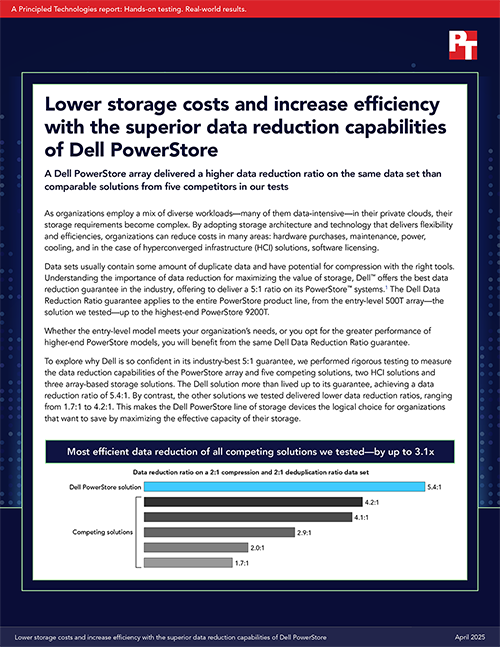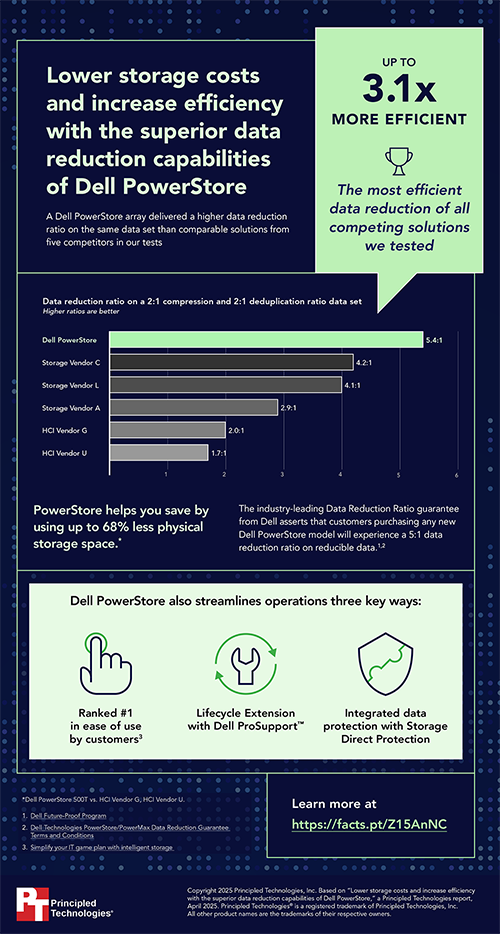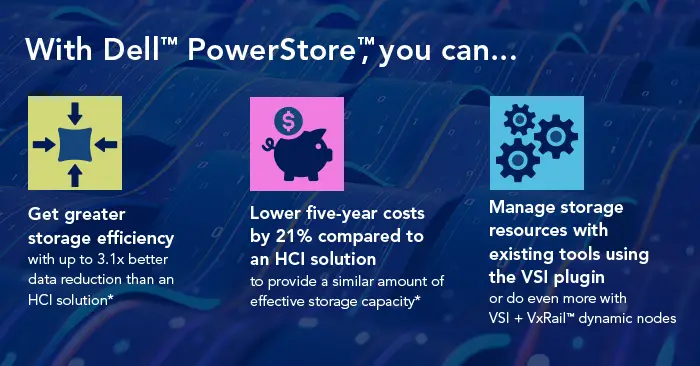
In almost every major industry around the world today, business innovators are finding new ways to put the power of big data to work. Whether they’re integrating off-the-shelf AI programs with existing workflows or creating all-new analytics tools for their unique needs, they’re relying on data—and lots of it—to bring their ideas to life. Storing and managing all that data can be a significant challenge—potentially introducing a need for more server and storage hardware, software licenses, ongoing maintenance, and power and cooling. All those costs can be well worth the investment, but it’s always important to capture efficiencies and minimize expenses where possible.
One proven way to reduce data-related costs is to employ data reduction strategies such as compression and deduplication. Most storage architecture solutions offer some form of data reduction technology, but some of them are more effective than others. An objective analysis of the options—and guaranteed performance—can help decision-makers confidently select an efficient and cost-effective storage solution.
We used the Vdbench workload generator to compare the data reduction capabilities of a Dell PowerStore storage array to those of five competing solutions—two hyperconverged infrastructure (HCI) solutions and three array-based storage solutions. In our tests, the Dell solution achieved a data reduction ratio of 5.4:1 with a 6TB data set—performance that eclipsed the 5:1 DRR that Dell promises with its Dell Data Reduction Ratio guarantee.
The other five solutions we tested delivered much lower data reduction ratios, ranging from 1.7:1 to 4.2:1. Those ratios mean that the PowerStore solution required up to 46 percent less space to store the data set than the three array-based solutions and up to 68 percent less space than the two HCI solutions. Space savings like that could mean that by choosing Dell PowerStore solutions over the five competing storage solutions, an organization would need less storage hardware to store a given amount of data—potentially leading to significant savings on data-related costs.
To learn more about our data reduction performance comparisons, check out the report and infographic below.
Principled Technologies is more than a name: Those two words power all we do. Our principles are our north star, determining the way we work with you, treat our staff, and run our business. And in every area, technologies drive our business, inspire us to innovate, and remind us that new approaches are always possible.







